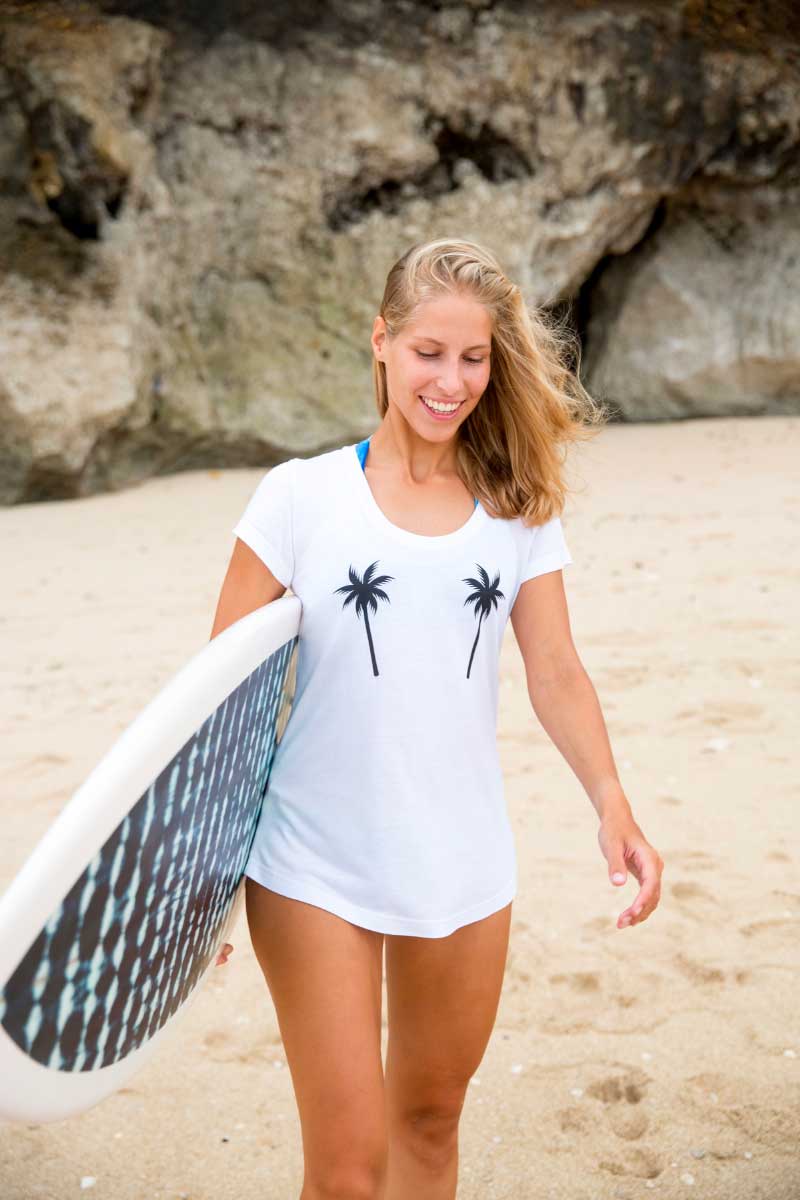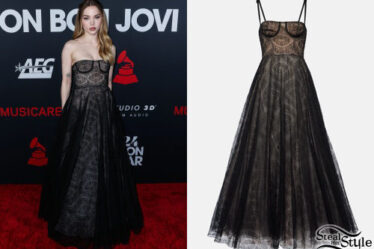
Surfing tees, a wardrobe staple for many and a reflection of the exhilarating ocean sport, encompass a unique blend of culture, fashion, and functionality. They embody the vibrant surfing lifestyle and hold great sentimental and economic value. In an increasingly saturated market, professional retailers are honing strategies to ensure the authenticity of these products, bolstering their credibility and fortifying their relationships with customers. This article delves into six critical steps professional retailers employ to certify the authenticity of a Surfing Shirt.
Rigorous Vendor Vetting:
Professional retailers commence their process by strictly vetting their suppliers to ensure that every tee is authentic. This involves detailed scrutiny of vendors’ manufacturing and sourcing processes, an inspection of their compliance with relevant industry standards, and their adherence to ethical labor practices. Retailers may also seek documentation or certifications from suppliers to substantiate their claims of authenticity.
Fabric Quality Control:
Authentic surfing tees are typically made from high-quality, durable materials suitable for beach and saltwater exposure. To uphold this standard, professional retailers invest heavily in quality control measures. They test the fabric’s resilience, colorfastness, and ability to withstand wear and tear. The scrutiny extends to the thread count, texture, and even the weight of the fabric, ensuring the tees meet the industry standards for quality and durability.
Detailed Design Inspection:
The uniqueness of surfing-tees often lies in their distinct design elements, reflecting the sport’s aesthetic and spirit. This could include the artwork, color palette, or specific motifs associated with surfing culture. Professional retailers ensure these designs are accurate and maintain consistency across different sizes and batches. They also confirm that any branding or logos featured on the tees are officially licensed and accurately depicted.
Implementation of Anti-Counterfeiting Measures:
Professional retailers employ advanced anti-counterfeiting technologies to deter imitation. This can include the use of holograms, security tags, or unique serial numbers imprinted onto each tee. Additionally, they may utilize digital tools, like blockchain technology, to track and verify the authenticity of every product from the production line to the retail outlet.
Customer Education and Transparency:
Authenticity is not just about quality products but also about consumer trust and transparency. Professional retailers often invest in educating their customers about the characteristic features of authentic surfing-tees. This can involve clear communication about their sourcing, manufacturing, and quality assurance processes. Providing customers with the knowledge to distinguish between an authentic and counterfeit product fosters a relationship of trust and loyalty.
Prompt and Effective Action Against Counterfeit:
Prompt action against counterfeit products is a testament to a retailer’s commitment to authenticity. By working closely with legal teams and law enforcement agencies, professional retailers can identify, report, and take action against counterfeit sellers. This helps maintain the integrity of their brand and the market for surfing tees as a whole.
Conclusion:
In the dynamic landscape of the fashion industry, the authenticity of products like surfing-tees has emerged as a linchpin for success. The professional retailer’s journey to ensuring authenticity encompasses a spectrum of strategies, from rigorous vendor vetting to customer education and transparency. As they navigate the throes of this competitive market, their commitment to authenticity serves as a beacon, drawing customers towards the promise of high-quality, authentic surfing tees.
This journey is not without challenges, but it’s a necessary undertaking. The authenticity of a Surfing Shirt isn’t just about the fabric, the design, or the brand logo – it’s about the story, the lifestyle, and the culture it represents. As the quest for authenticity continues, retailers are not just selling a product but preserving a legacy – the rich, vibrant, and thrilling legacy of surfing.



